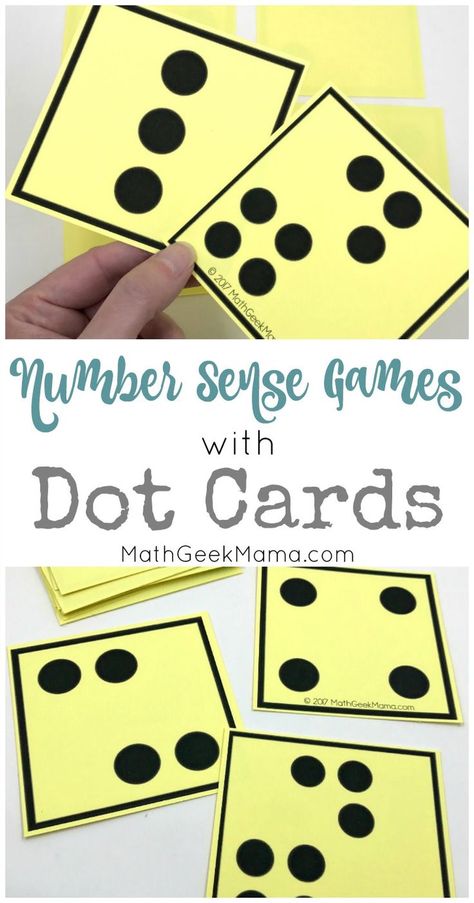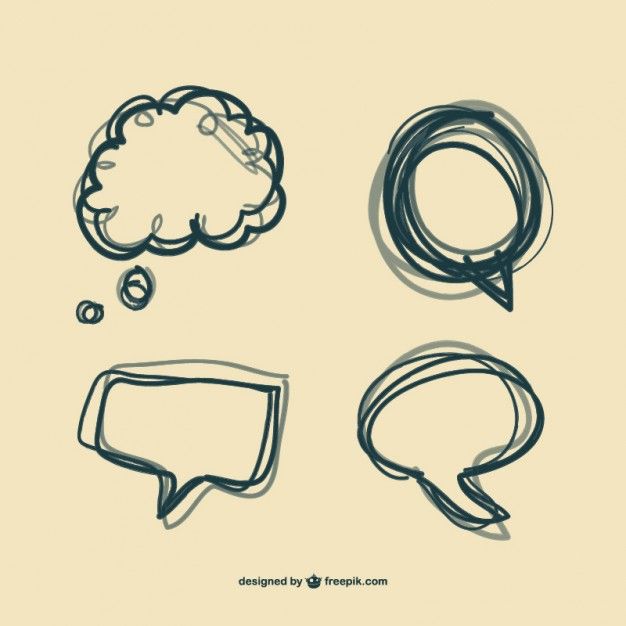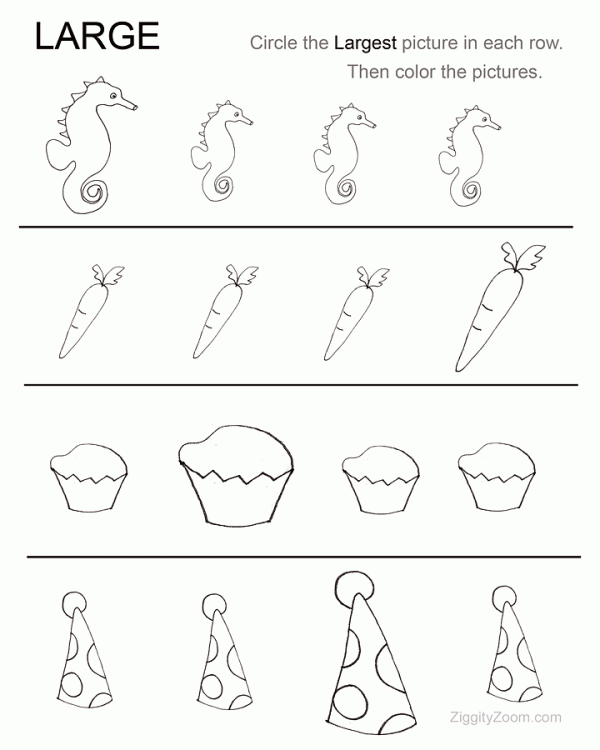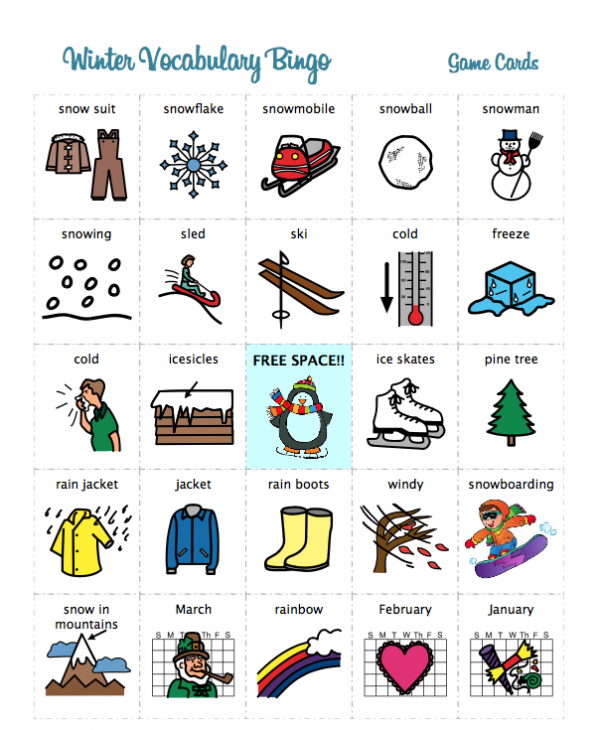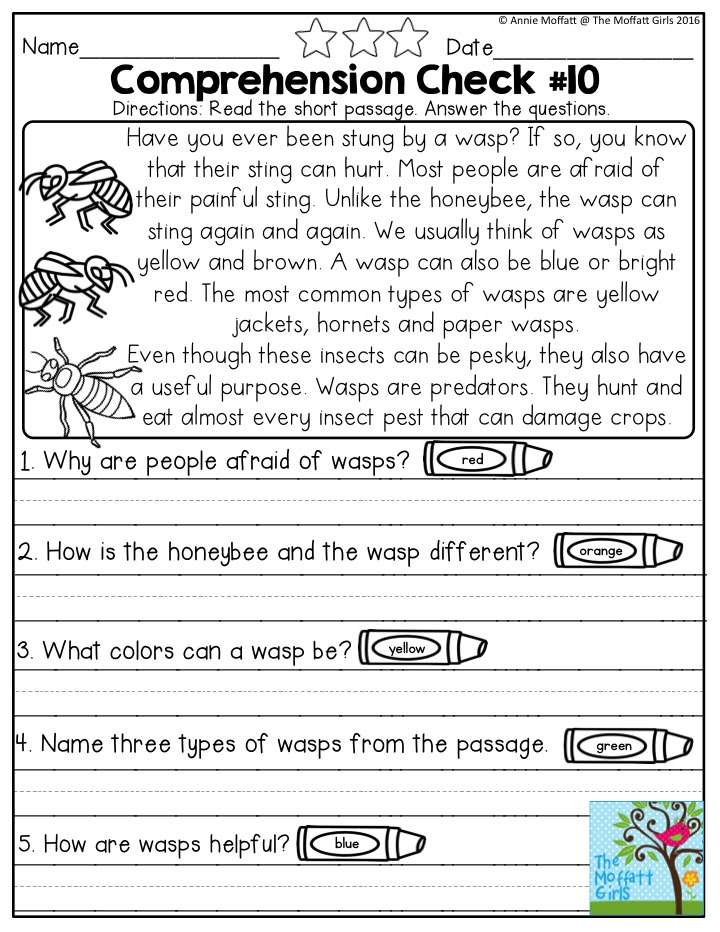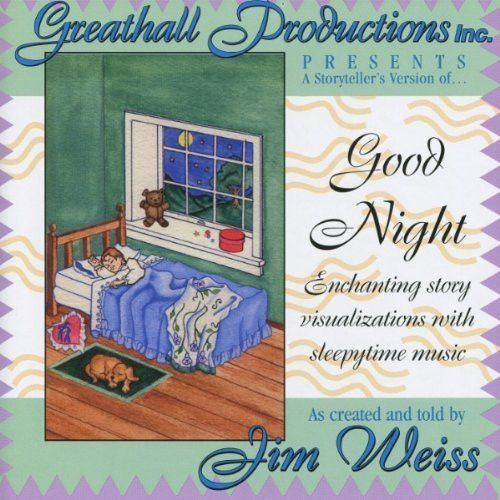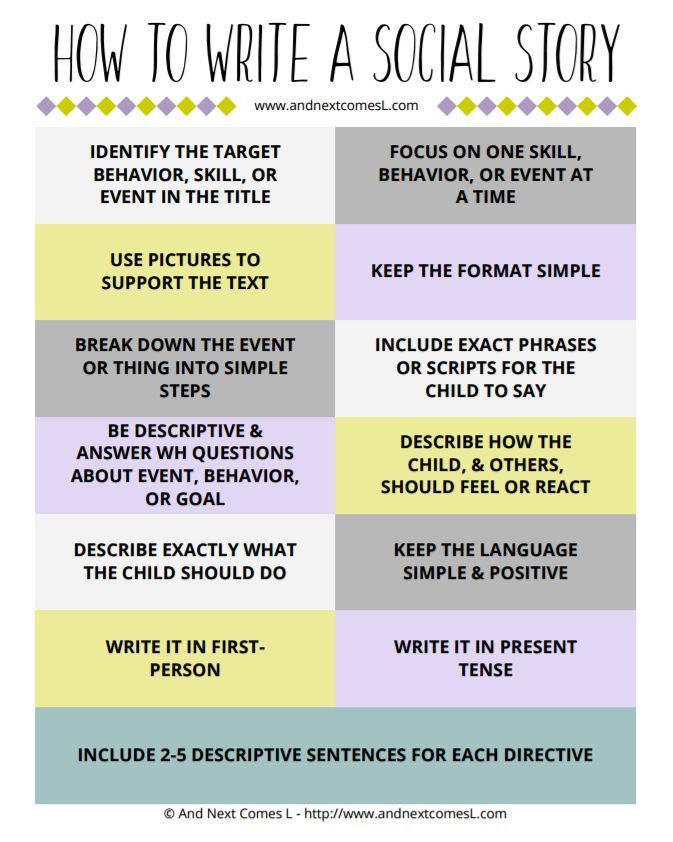How to teach kids reading english
9 Fun and Easy Tips
With the abundance of information out there, it can seem like there is no clear answer about how to teach a child to read. As a busy parent, you may not have time to wade through all of the conflicting opinions.
That’s why we’re here to help! There are some key elements when it comes to teaching kids to read, so we’ve rounded up nine effective tips to help you boost your child’s reading skills and confidence.
These tips are simple, fit into your lifestyle, and help build foundational reading skills while having fun!
Tips For How To Teach A Child To Read
1) Focus On Letter Sounds Over Letter Names
We used to learn that “b” stands for “ball.” But when you say the word ball, it sounds different than saying the letter B on its own. That can be a strange concept for a young child to wrap their head around!
Instead of focusing on letter names, we recommend teaching them the sounds associated with each letter of the alphabet. For example, you could explain that B makes the /b/ sound (pronounced just like it sounds when you say the word ball aloud).
Once they firmly establish a link between a handful of letters and their sounds, children can begin to sound out short words. Knowing the sounds for B, T, and A allows a child to sound out both bat and tab.
As the number of links between letters and sounds grows, so will the number of words your child can sound out!
Now, does this mean that if your child already began learning by matching formal alphabet letter names with words, they won’t learn to match sounds and letters or learn how to read? Of course not!
We simply recommend this process as a learning method that can help some kids with the jump from letter sounds to words.
2) Begin With Uppercase Letters
Practicing how to make letters is way easier when they all look unique! This is why we teach uppercase letters to children who aren’t in formal schooling yet.
Even though lowercase letters are the most common format for letters (if you open a book at any page, the majority of the letters will be lowercase), uppercase letters are easier to distinguish from one another and, therefore, easier to identify.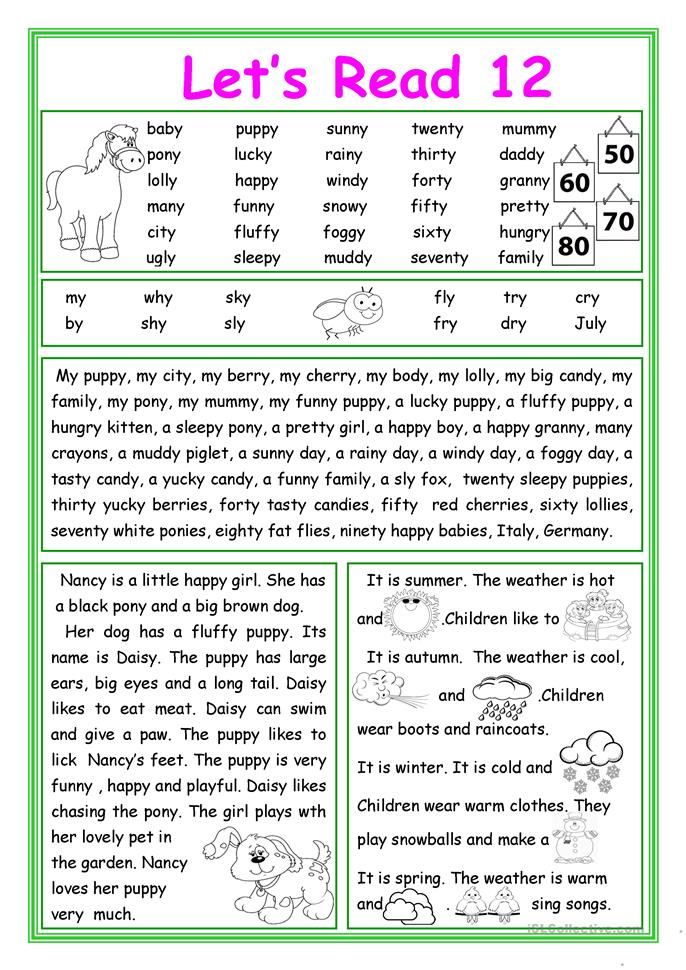
Think about it –– “b” and “d” look an awful lot alike! But “B” and “D” are much easier to distinguish. Starting with uppercase letters, then, will help your child to grasp the basics of letter identification and, subsequently, reading.
To help your child learn uppercase letters, we find that engaging their sense of physical touch can be especially useful. If you want to try this, you might consider buying textured paper, like sandpaper, and cutting out the shapes of uppercase letters.
Ask your child to put their hands behind their back, and then place the letter in their hands. They can use their sense of touch to guess what letter they’re holding! You can play the same game with magnetic letters.
3) Incorporate Phonics
Research has demonstrated that kids with a strong background in phonics (the relationship between sounds and symbols) tend to become stronger readers in the long-run.
A phonetic approach to reading shows a child how to go letter by letter — sound by sound — blending the sounds as you go in order to read words that the child (or adult) has not yet memorized.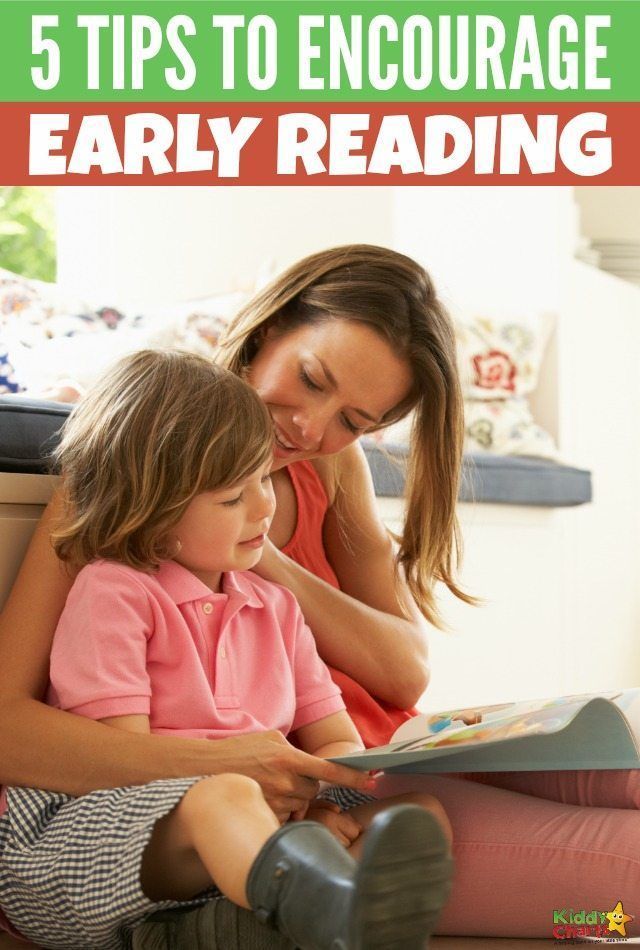
Once kids develop a level of automatization, they can sound out words almost instantly and only need to employ decoding with longer words. Phonics is best taught explicitly, sequentially, and systematically — which is the method HOMER uses.
If you’re looking for support helping your child learn phonics, our HOMER Learn & Grow app might be exactly what you need! With a proven reading pathway for your child, HOMER makes learning fun!
4) Balance Phonics And Sight Words
Sight words are also an important part of teaching your child how to read. These are common words that are usually not spelled the way they sound and can’t be decoded (sounded out).
Because we don’t want to undo the work your child has done to learn phonics, sight words should be memorized. But keep in mind that learning sight words can be challenging for many young children.
So, if you want to give your child a good start on their reading journey, it’s best to spend the majority of your time developing and reinforcing the information and skills needed to sound out words.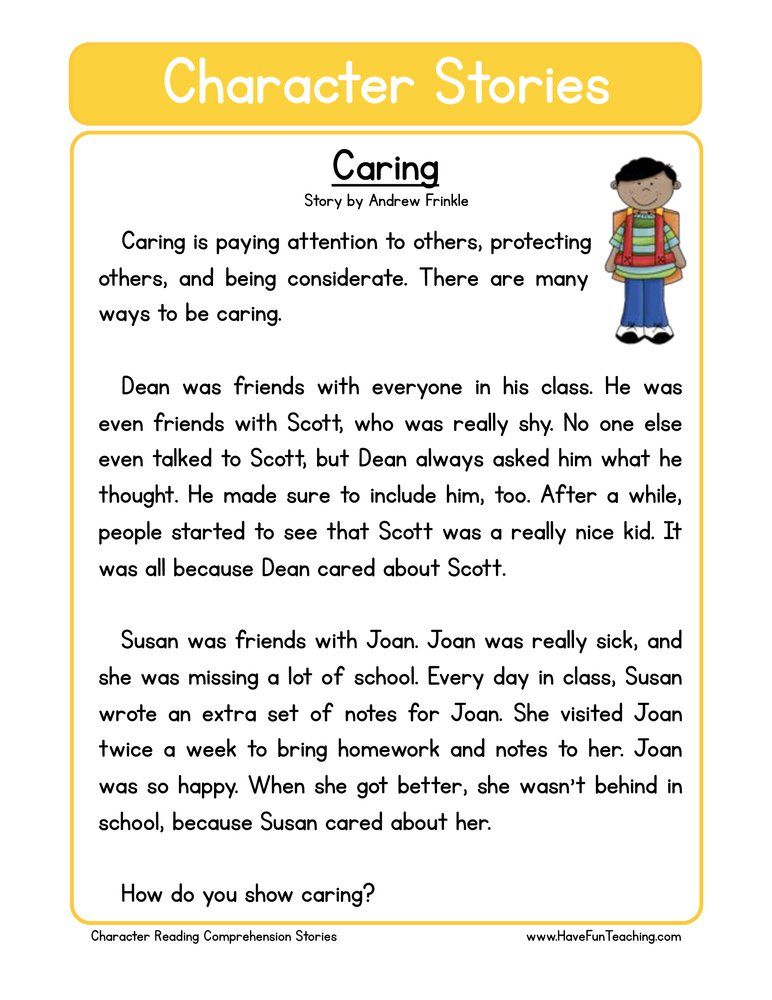
5) Talk A Lot
Even though talking is usually thought of as a speech-only skill, that’s not true. Your child is like a sponge. They’re absorbing everything, all the time, including the words you say (and the ones you wish they hadn’t heard)!
Talking with your child frequently and engaging their listening and storytelling skills can increase their vocabulary.
It can also help them form sentences, become familiar with new words and how they are used, as well as learn how to use context clues when someone is speaking about something they may not know a lot about.
All of these skills are extremely helpful for your child on their reading journey, and talking gives you both an opportunity to share and create moments you’ll treasure forever!
6) Keep It Light
Reading is about having fun and exploring the world (real and imaginary) through text, pictures, and illustrations. When it comes to reading, it’s better for your child to be relaxed and focused on what they’re learning than squeezing in a stressful session after a long day.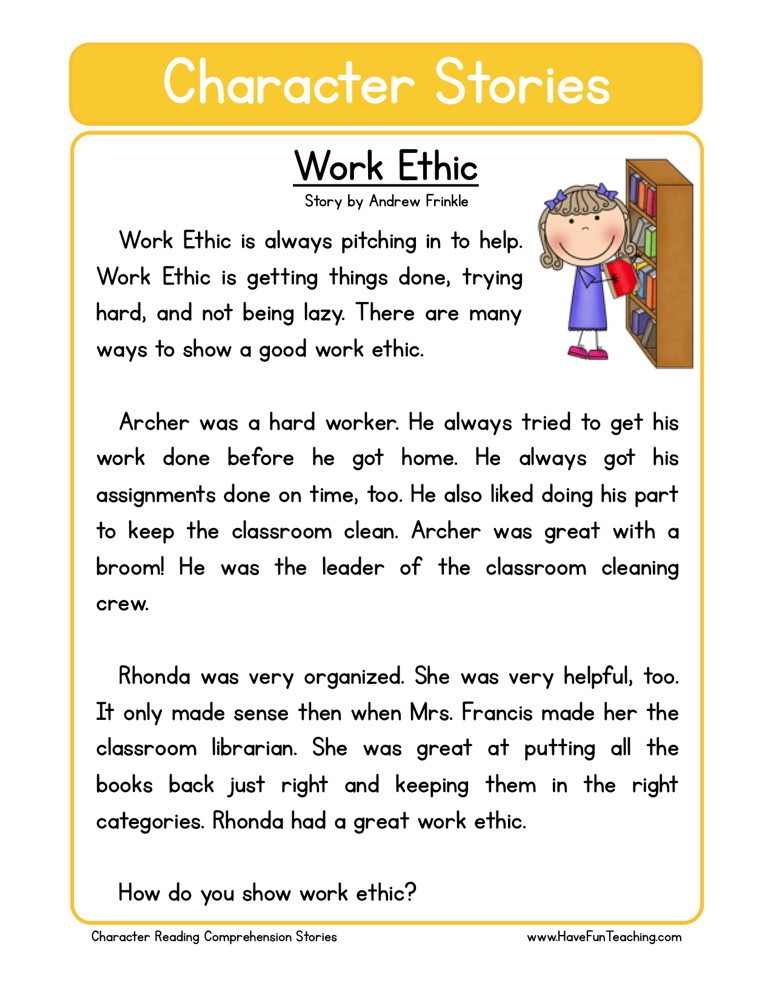
We’re about halfway through the list and want to give a gentle reminder that your child shouldn’t feel any pressure when it comes to reading — and neither should you!
Although consistency is always helpful, we recommend focusing on quality over quantity. Fifteen minutes might sound like a short amount of time, but studies have shown that 15 minutes a day of HOMER’s reading pathway can increase early reading scores by 74%!
It may also take some time to find out exactly what will keep your child interested and engaged in learning. That’s OK! If it’s not fun, lighthearted, and enjoyable for you and your child, then shake it off and try something new.
7) Practice Shared Reading
While you read with your child, consider asking them to repeat words or sentences back to you every now and then while you follow along with your finger.
There’s no need to stop your reading time completely if your child struggles with a particular word. An encouraging reminder of what the word means or how it’s pronounced is plenty!
Another option is to split reading aloud time with your child.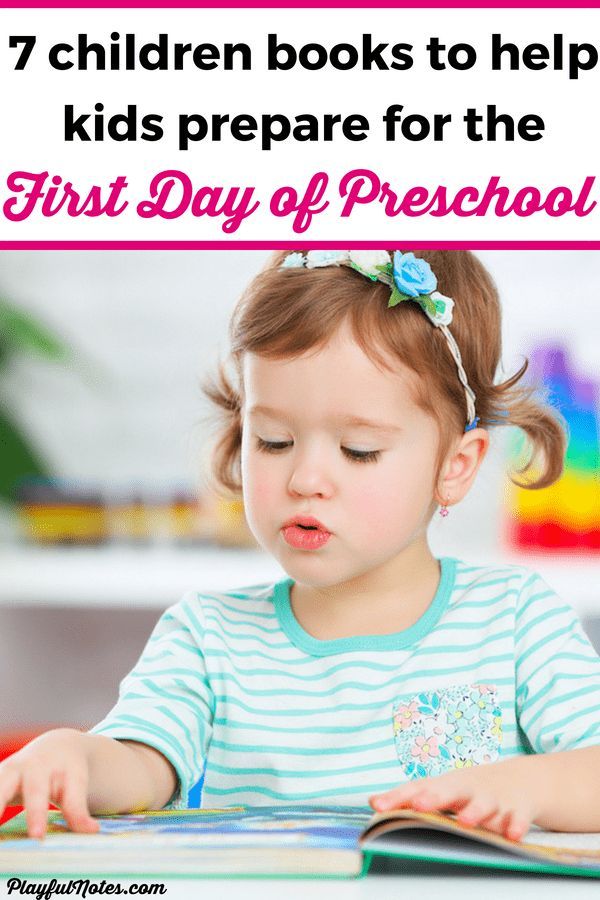 For emerging readers, you can read one line and then ask them to read the next. For older children, reading one page and letting them read the next page is beneficial.
For emerging readers, you can read one line and then ask them to read the next. For older children, reading one page and letting them read the next page is beneficial.
Doing this helps your child feel capable and confident, which is important for encouraging them to read well and consistently!
This technique also gets your child more acquainted with the natural flow of reading. While they look at the pictures and listen happily to the story, they’ll begin to focus on the words they are reading and engage more with the book in front of them.
Rereading books can also be helpful. It allows children to develop a deeper understanding of the words in a text, make familiar words into “known” words that are then incorporated into their vocabulary, and form a connection with the story.
We wholeheartedly recommend rereading!
8) Play Word Games
Getting your child involved in reading doesn’t have to be about just books. Word games can be a great way to engage your child’s skills without reading a whole story at once.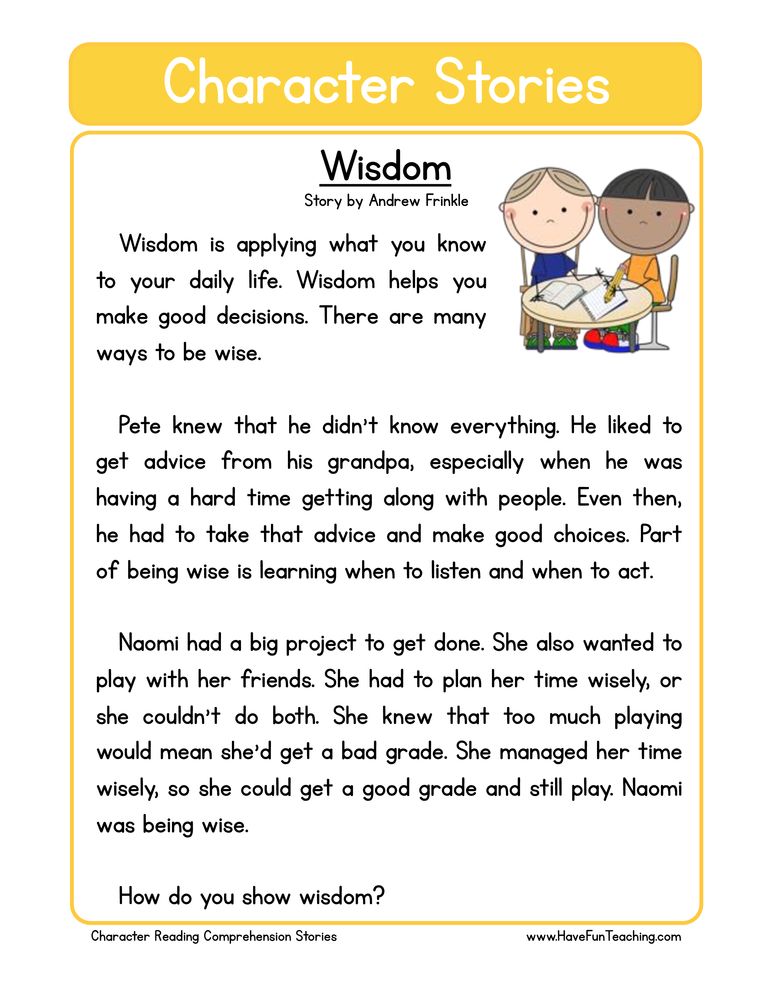
One of our favorite reading games only requires a stack of Post-It notes and a bunched-up sock. For this activity, write sight words or words your child can sound out onto separate Post-It notes. Then stick the notes to the wall.
Your child can then stand in front of the Post-Its with the bunched-up sock in their hands. You say one of the words and your child throws the sock-ball at the Post-It note that matches!
9) Read With Unconventional Materials
In the same way that word games can help your child learn how to read, so can encouraging your child to read without actually using books!
If you’re interested in doing this, consider using PlayDoh, clay, paint, or indoor-safe sand to form and shape letters or words.
Another option is to fill a large pot with magnetic letters. For emerging learners, suggest that they pull a letter from the pot and try to name the sound it makes. For slightly older learners, see if they can name a word that begins with the same sound, or grab a collection of letters that come together to form a word.
As your child becomes more proficient, you can scale these activities to make them a little more advanced. And remember to have fun with it!
Reading Comes With Time And Practice
Overall, we want to leave you with this: there is no single answer to how to teach a child to read. What works for your neighbor’s child may not work for yours –– and that’s perfectly OK!
Patience, practicing a little every day, and emphasizing activities that let your child enjoy reading are the things we encourage most. Reading is about fun, exploration, and learning!
And if you ever need a bit of support, we’re here for you! At HOMER, we’re your learning partner. Start your child’s reading journey with confidence with our personalized program plus expert tips and learning resources.
Author
Teaching children to read isn’t easy. How do kids actually learn to read?
A student in a Mississippi elementary school reads a book in class. Research shows young children need explicit, systematic phonics instruction to learn how to read fluently. Credit: Terrell Clark for The Hechinger Report
Research shows young children need explicit, systematic phonics instruction to learn how to read fluently. Credit: Terrell Clark for The Hechinger ReportTeaching kids to read isn’t easy; educators often feel strongly about what they think is the “right” way to teach this essential skill. Though teachers’ approaches may differ, the research is pretty clear on how best to help kids learn to read. Here’s what parents should look for in their children’s classroom.
How do kids actually learn how to read?
Research shows kids learn to read when they are able to identify letters or combinations of letters and connect those letters to sounds. There’s more to it, of course, like attaching meaning to words and phrases, but phonemic awareness (understanding sounds in spoken words) and an understanding of phonics (knowing that letters in print correspond to sounds) are the most basic first steps to becoming a reader.
If children can’t master phonics, they are more likely to struggle to read.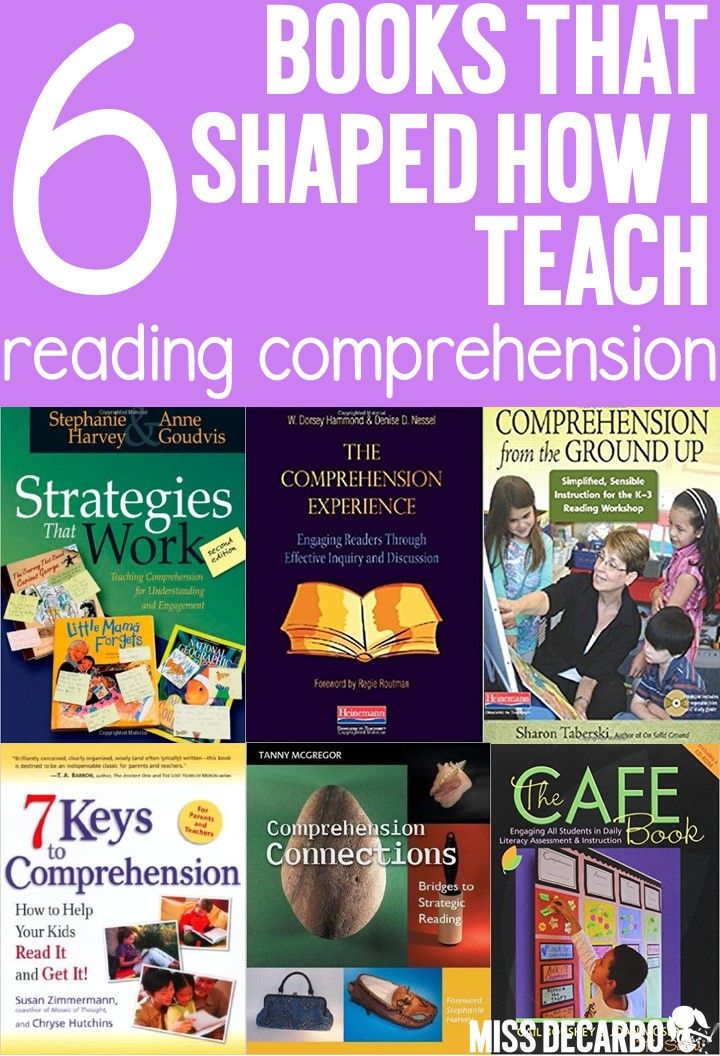 That’s why researchers say explicit, systematic instruction in phonics is important: Teachers must lead students step by step through a specific sequence of letters and sounds. Kids who learn how to decode words can then apply that skill to more challenging words and ultimately read with fluency. Some kids may not need much help with phonics, especially as they get older, but experts say phonics instruction can be essential for young children and struggling readers “We don’t know how much phonics each kid needs,” said Anders Rasmussen, principal of Wood Road Elementary School in Ballston Spa, New York, who recently led the transformation of his schools’ reading program to a research-based, structured approach. “But we know no kid is hurt by getting too much of it.”
That’s why researchers say explicit, systematic instruction in phonics is important: Teachers must lead students step by step through a specific sequence of letters and sounds. Kids who learn how to decode words can then apply that skill to more challenging words and ultimately read with fluency. Some kids may not need much help with phonics, especially as they get older, but experts say phonics instruction can be essential for young children and struggling readers “We don’t know how much phonics each kid needs,” said Anders Rasmussen, principal of Wood Road Elementary School in Ballston Spa, New York, who recently led the transformation of his schools’ reading program to a research-based, structured approach. “But we know no kid is hurt by getting too much of it.”
How should your child’s school teach reading?
Timothy Shanahan, a professor emeritus at the University of Illinois at Chicago and an expert on reading instruction, said phonics are important in kindergarten through second grade and phonemic awareness should be explicitly taught in kindergarten and first grade. This view has been underscored by experts in recent years as the debate over reading instruction has intensified. But teaching kids how to read should include more than phonics, said Shanahan. They should also be exposed to oral reading, reading comprehension and writing.
This view has been underscored by experts in recent years as the debate over reading instruction has intensified. But teaching kids how to read should include more than phonics, said Shanahan. They should also be exposed to oral reading, reading comprehension and writing.
The wars over how to teach reading are back. Here’s the four things you need to know.
Wiley Blevins, an author and expert on phonics, said a good test parents can use to determine whether a child is receiving research-based reading instruction is to ask their child’s teacher how reading is taught. “They should be able to tell you something more than ‘by reading lots of books’ and ‘developing a love of reading.’ ” Blevins said. Along with time dedicated to teaching phonics, Blevins said children should participate in read-alouds with their teacher to build vocabulary and content knowledge. “These read-alouds must involve interactive conversations to engage students in thinking about the content and using the vocabulary,” he said. “Too often, when time is limited, the daily read-alouds are the first thing left out of the reading time. We undervalue its impact on reading growth and must change that.”
“Too often, when time is limited, the daily read-alouds are the first thing left out of the reading time. We undervalue its impact on reading growth and must change that.”
Rasmussen’s school uses a structured approach: Children receive lessons in phonemic awareness, phonics, pre-writing and writing, vocabulary and repeated readings. Research shows this type of “systematic and intensive” approach in several aspects of literacy can turn children who struggle to read into average or above-average readers.
What should schools avoid when teaching reading?
Educators and experts say kids should be encouraged to sound out words, instead of guessing. “We really want to make sure that no kid is guessing,” Rasmussen said. “You really want … your own kid sounding out words and blending words from the earliest level on.” That means children are not told to guess an unfamiliar word by looking at a picture in the book, for example. As children encounter more challenging texts in later grades, avoiding reliance on visual cues also supports fluent reading.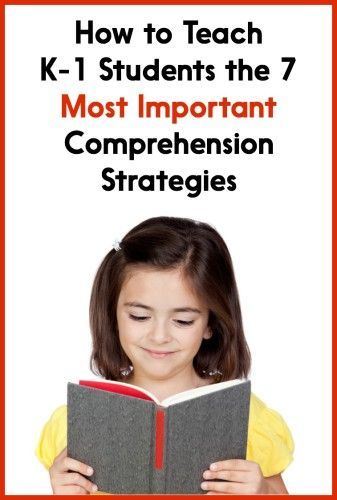 “When they get to ninth grade and they have to read “Of Mice and Men,” there are no picture cues,” Rasmussen said.
“When they get to ninth grade and they have to read “Of Mice and Men,” there are no picture cues,” Rasmussen said.
Related: Teacher Voice: We need phonics, along with other supports, for reading
Blevins and Shanahan caution against organizing books by different reading levels and keeping students at one level until they read with enough fluency to move up to the next level. Although many people may think keeping students at one level will help prevent them from getting frustrated and discouraged by difficult texts, research shows that students actually learn more when they are challenged by reading materials.
Blevins said reliance on “leveled books” can contribute to “a bad habit in readers.” Because students can’t sound out many of the words, they rely on memorizing repeated words and sentence patterns, or on using picture clues to guess words. Rasmussen said making kids stick with one reading level — and, especially, consistently giving some kids texts that are below grade level, rather than giving them supports to bring them to grade level — can also lead to larger gaps in reading ability.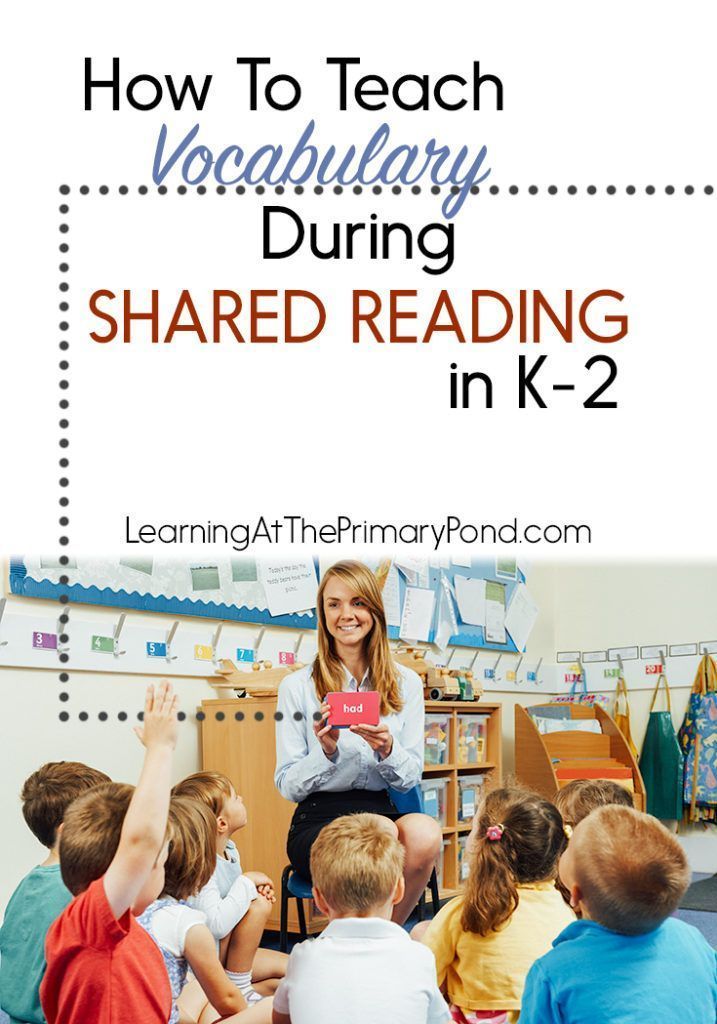
How do I know if a reading curriculum is effective?
Some reading curricula cover more aspects of literacy than others. While almost all programs have some research-based components, the structure of a program can make a big difference, said Rasmussen. Watching children read is the best way to tell if they are receiving proper instruction — explicit, systematic instruction in phonics to establish a foundation for reading, coupled with the use of grade-level texts, offered to all kids.
Parents who are curious about what’s included in the curriculum in their child’s classroom can find sources online, like a chart included in an article by Readingrockets.org which summarizes the various aspects of literacy, including phonics, writing and comprehension strategies, in some of the most popular reading curricula.
Blevins also suggested some questions parents can ask their child’s teacher:
- What is your phonics scope and sequence?
“If research-based, the curriculum must have a clearly defined phonics scope and sequence that serves as the spine of the instruction. ” Blevins said.
” Blevins said.
- Do you have decodable readers (short books with words composed of the letters and sounds students are learning) to practice phonics?
“If no decodable or phonics readers are used, students are unlikely to get the amount of practice and application to get to mastery so they can then transfer these skills to all reading and writing experiences,” Blevins said. “If teachers say they are using leveled books, ask how many words can students sound out based on the phonics skills (teachers) have taught … Can these words be fully sounded out based on the phonics skills you taught or are children only using pieces of the word? They should be fully sounding out the words — not using just the first or first and last letters and guessing at the rest.”
- What are you doing to build students’ vocabulary and background knowledge? How frequent is this instruction? How much time is spent each day doing this?
“It should be a lot,” Blevins said, “and much of it happens during read-alouds, especially informational texts, and science and social studies lessons.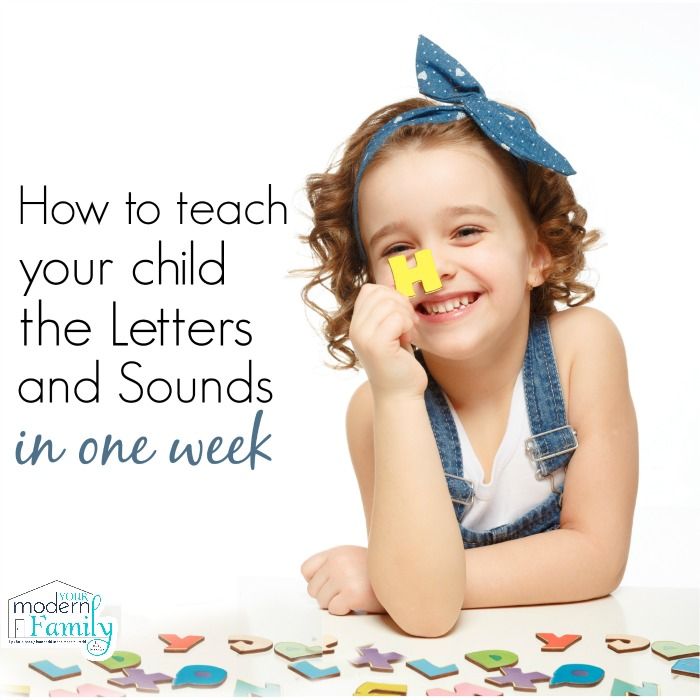 ”
”
- Is the research used to support your reading curriculum just about the actual materials, or does it draw from a larger body of research on how children learn to read? How does it connect to the science of reading?
Teachers should be able to answer these questions, said Blevins.
What should I do if my child isn’t progressing in reading?
When a child isn’t progressing, Blevins said, the key is to find out why. “Is it a learning challenge or is your child a curriculum casualty? This is a tough one.” Blevins suggested that parents of kindergarteners and first graders ask their child’s school to test the child’s phonemic awareness, phonics and fluency.
Parents of older children should ask for a test of vocabulary. “These tests will locate some underlying issues as to why your child is struggling reading and understanding what they read,” Blevins said. “Once underlying issues are found, they can be systematically addressed.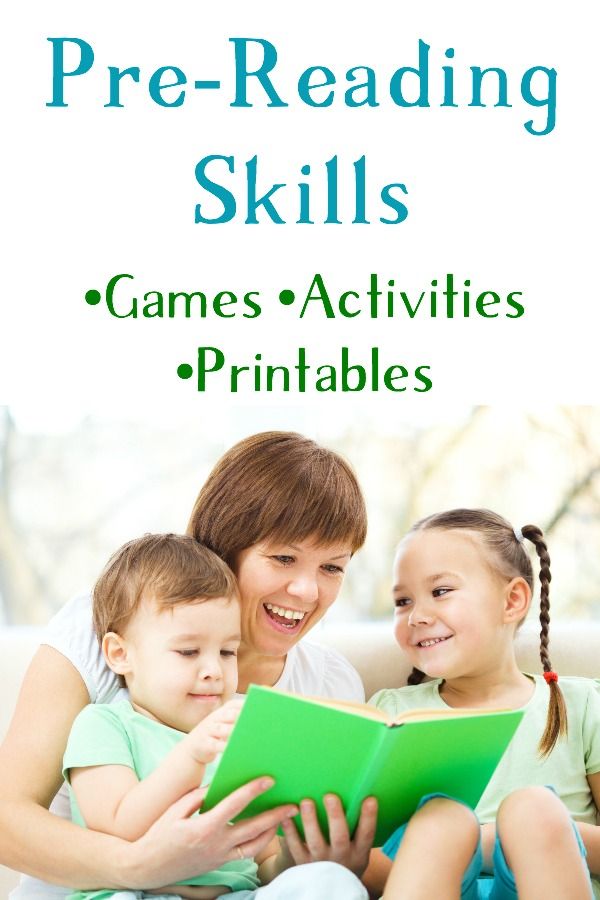 ”
”
“We don’t know how much phonics each kid needs. But we know no kid is hurt by getting too much of it.”
Anders Rasmussen, principal of Wood Road Elementary School in Ballston Spa, New York
Rasmussen recommended parents work with their school if they are concerned about their children’s progress. By sitting and reading with their children, parents can see the kind of literacy instruction the kids are receiving. If children are trying to guess based on pictures, parents can talk to teachers about increasing phonics instruction.
“Teachers aren’t there doing necessarily bad things or disadvantaging kids purposefully or willfully,” Rasmussen said. “You have many great reading teachers using some effective strategies and some ineffective strategies.”
What can parents do at home to help their children learn to read?
Parents want to help their kids learn how to read but don’t want to push them to the point where they hate reading.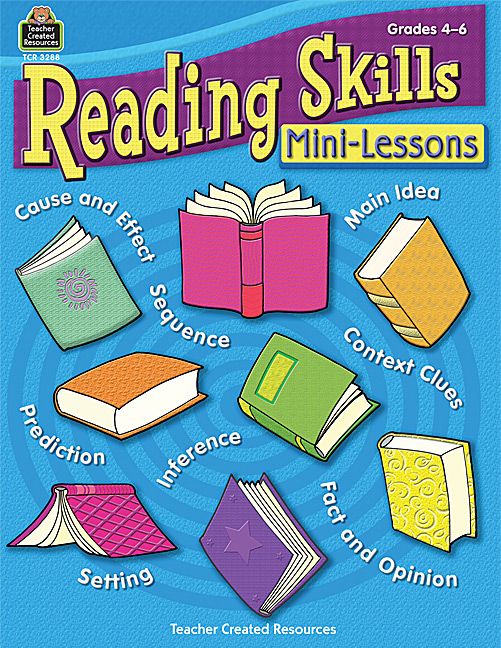 “Parents at home can fall into the trap of thinking this is about drilling their kid,” said Cindy Jiban, a former educator and current principal academic lead at NWEA, a research-based non-profit focused on assessments and professional learning opportunities. “This is unfortunate,” Jiban said. “It sets up a parent-child interaction that makes it, ‘Ugh, there’s this thing that’s not fun.’” Instead, Jiban advises making decoding playful. Here are some ideas:
“Parents at home can fall into the trap of thinking this is about drilling their kid,” said Cindy Jiban, a former educator and current principal academic lead at NWEA, a research-based non-profit focused on assessments and professional learning opportunities. “This is unfortunate,” Jiban said. “It sets up a parent-child interaction that makes it, ‘Ugh, there’s this thing that’s not fun.’” Instead, Jiban advises making decoding playful. Here are some ideas:
- Challenge kids to find everything in the house that starts with a specific sound.
- Stretch out one word in a sentence. Ask your child to “pass the salt” but say the individual sounds in the word “salt” instead of the word itself.
- Ask your child to figure out what every family member’s name would be if it started with a “b” sound.
- Sing that annoying “Banana fana fo fanna song.” Jiban said that kind of playful activity can actually help a kid think about the sounds that correspond with letters even if they’re not looking at a letter right in front of them.

- Read your child’s favorite book over and over again. For books that children know well, Jiban suggests that children use their finger to follow along as each word is read. Parents can do the same, or come up with another strategy to help kids follow which words they’re reading on a page.
Giving a child diverse experiences that seem to have nothing to do with reading can also help a child’s reading ability. By having a variety of experiences, Rasmussen said, children will be able to apply their own knowledge to better comprehend texts about various topics.
This story about teaching children to read was produced by The Hechinger Report, a nonprofit, independent news organization focused on inequality and innovation in education. Sign up for Hechinger’s newsletter.
The Hechinger Report provides in-depth, fact-based, unbiased reporting on education that is free to all readers. But that doesn't mean it's free to produce. Our work keeps educators and the public informed about pressing issues at schools and on campuses throughout the country. We tell the whole story, even when the details are inconvenient. Help us keep doing that.
Our work keeps educators and the public informed about pressing issues at schools and on campuses throughout the country. We tell the whole story, even when the details are inconvenient. Help us keep doing that.
Join us today.
Teaching a child to read in English: a simple technology or an art?
Share
Fascinating English
07/21/2021
20 minutes
0 Comments
3 likes
Contents
First, let's deal with the answer to the question of why in our world of high digital technologies, the time of the dominance of You-Tube and Tik-Toc - well, the time when all the information of interest can not only be listened to, but also viewed, why waste time and learn such a seemingly completely unpopular activity as reading?
If you ask the children themselves, more than half will even say that reading in their native language is boring and uninteresting! And then they force you to learn to read in English too !!!! Speak - yes!, listen - yes, yes! Watch - yes, yes, yes! But reading - nooo . ..
..
However, it is necessary to explain to the child that reading is not only reading fiction in English. There are so-called "small forms" - reading to obtain the necessary, and sometimes vital information:
- Reading signs, signs.
- Reading a menu in a cafe or restaurant.
- Reading titles.
- Reading instructions and recipes.
- Reading composition.
- Read application rules, etc.
All of the above in no way means reading full pages of text that fold into thick books.
How to prepare a child for learning to read in English?
It is not clear when to start teaching children to read in English. The main thing to understand is that the very study of English with children should by no means begin with learning to read. Rather, reading is introduced at the next stage, as a way to consolidate existing knowledge, skills and abilities. It is better that by this time the child already knows how to read in his native language. He possessed purely technical skills - to add syllables from letters, and words from syllables. Then, when teaching to read in English, attention will be focused only on sound-letter and letter-sound relationships, and the child’s fatigue from the process will be minimal.
It is better that by this time the child already knows how to read in his native language. He possessed purely technical skills - to add syllables from letters, and words from syllables. Then, when teaching to read in English, attention will be focused only on sound-letter and letter-sound relationships, and the child’s fatigue from the process will be minimal.
It is also desirable that by the time reading begins, the child is already familiar with the oral side of the English language, so that at least a minimum supply of sounding samples of speech in English is stored in memory. This will help to correctly analyze the auditory image of the sounding word and correlate it with the visible letter image and vice versa.
How to teach children to read in English?
The process of learning to read can be conditionally divided into 3 stages:
- Stage 1 - memorization of sound-letter and letter-sound relationships.

- Stage 2 - familiarization with the rules of reading and training.
- Stage 3 - fixing the basic rules of reading, the ability to transfer and vary them on the material of mini-texts, the development of a language guess.
The process of learning to read can not be positioned as learning. It is better that the child perceives everything that happens as a game. First, as a game with sounds and letters, and then as a game of words that form sentences.
First stage
The purpose of the first stage is to memorize the letters of the English alphabet and the sounds that these letters stand for, with special attention to memorizing consonants. This issue is covered in detail in “English sounds and letters for children. How to make friends with them? and "How to learn the English alphabet with children: instructions for use." For detailed information, we advise you to follow the links and read.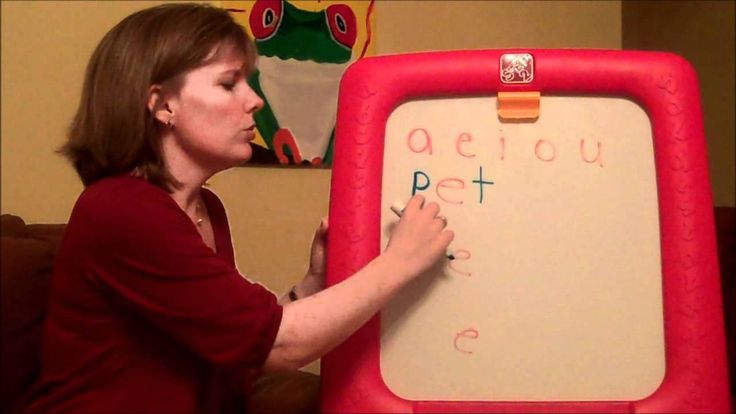 Here we summarize the main points.
Here we summarize the main points.
- Firstly, the memorization of letters should go from an auditory image to a visual image, because oral speech is primary in relation to written.
- Secondly, all sounding material must be supported by visual images. They said “dog” - they showed a picture (or they showed a picture, and the child said “dog”), then we exaggerate and separate the first sound - ddddd - then we show the letter, both capital and lowercase Dd.
- Thirdly, we actively connect the process of activity. Remember that children cannot focus on the same thing for a long time. Therefore, the activity must be alternated: listen-talk-watch-write. Be sure to include a letter! Children love it - to write with a pen like adults. Just do not demand even, clear letters. Let them not fall into the cells, let them be a little crooked and oblique. Let the child write as it turns out. Children will be incredibly happy with what they wrote themselves!
Do not forget to praise! It is important.
We remember that the main activity for children is play, and that all children are great creators. Letters and sounds, since we started studying them, are our friends. And it is customary to play with friends and you can always come up with something interesting. Therefore, try to create a vivid visual image from each letter: decorate it, turn it into an animal or any other association. The task is for the baby to have a strong bridge between sounds and letters in his head, then, firstly, when he sees d-o-g, he will read and see not just a combination of letters, but a dog; secondly, the sound of Ssssnake, sssun, etc. will be strongly associated with the image of the letter “Ss”.
The second stage
The second stage - mastering the most general rules of reading - should be divided into 3 parts:
- Acquaintance with the rules of reading closed syllables.
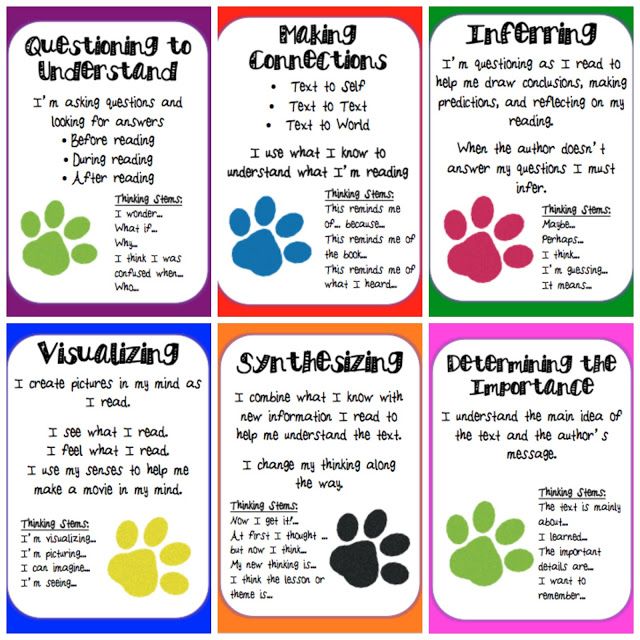
- Acquaintance with the rules for reading open syllables.
- Acquaintance with the rules of reading diphthongs.
When getting acquainted with the rules of reading closed syllables in the child's memory, firstly, the sound-letter images of consonants are fixed, and secondly, the child begins to read the simplest words. This, in turn, creates a situation of success in the mind and motivates for further learning.
We build the process itself according to the principle of feasibility and accessibility, starting from the simplest vowel - “o”, then “e”, then “i”, then “a”, “u”. You can end with one-syllable words with "y". This will be a bridge to the transition to reading open syllables.
When introducing a rule for reading, we try to choose those words that the child already knows orally. Recognizing them while reading will cause great joy. At the stage of training and consolidation, on the contrary, it is good to select unfamiliar words, but always with pictures-meanings: the vocabulary will expand, consonants will be repeated, the child will definitely read, and not guess.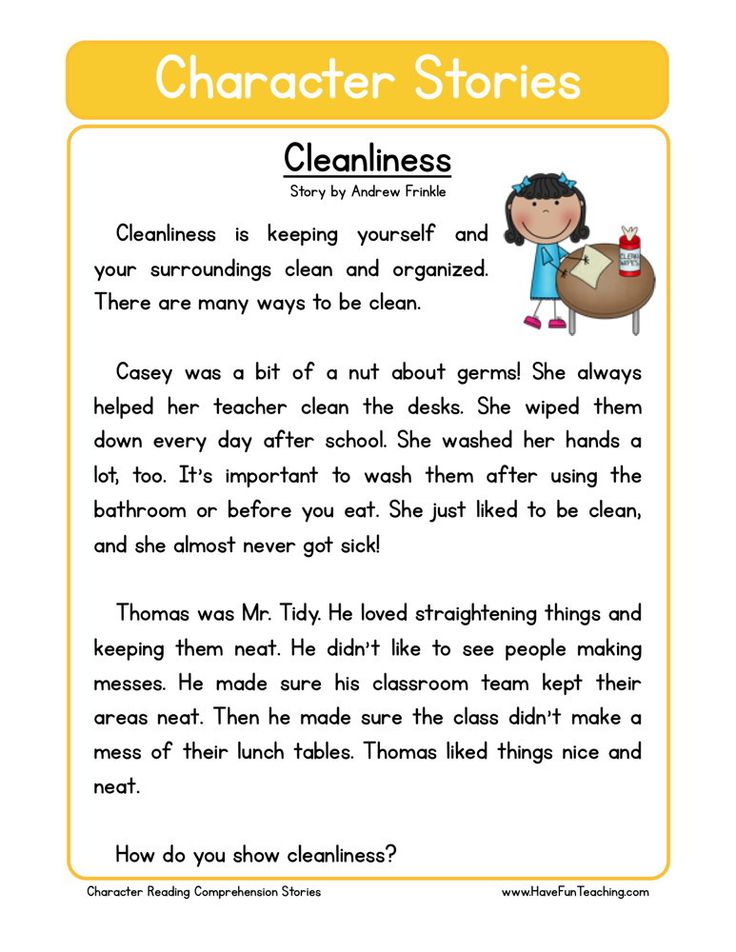
At the stage of training and consolidation, we introduce gamification techniques. Children love to win and break records. Therefore, if from the very beginning of learning to read, you introduce reading for a while using a stopwatch and record the results in a “success diary”, then the child will see progress and this will stimulate him to learn to read further.
How to enter reading rules and practice?
There are several options. You can make cards. And you can find a cartoon. The materials on the Maple Leaf Learning site of the “Let’s read” series (for example, https://www.youtube.com/watch?v=UQkPO3qpUCg&t=2s) are perfect, where the vowel sound is clearly pronounced, to which consonants are gradually selected. The child can repeat. Due to the fact that the words do not appear entirely, but by letter, even the smallest will quickly learn to read.
Reading simulators can be found for consolidation and practice.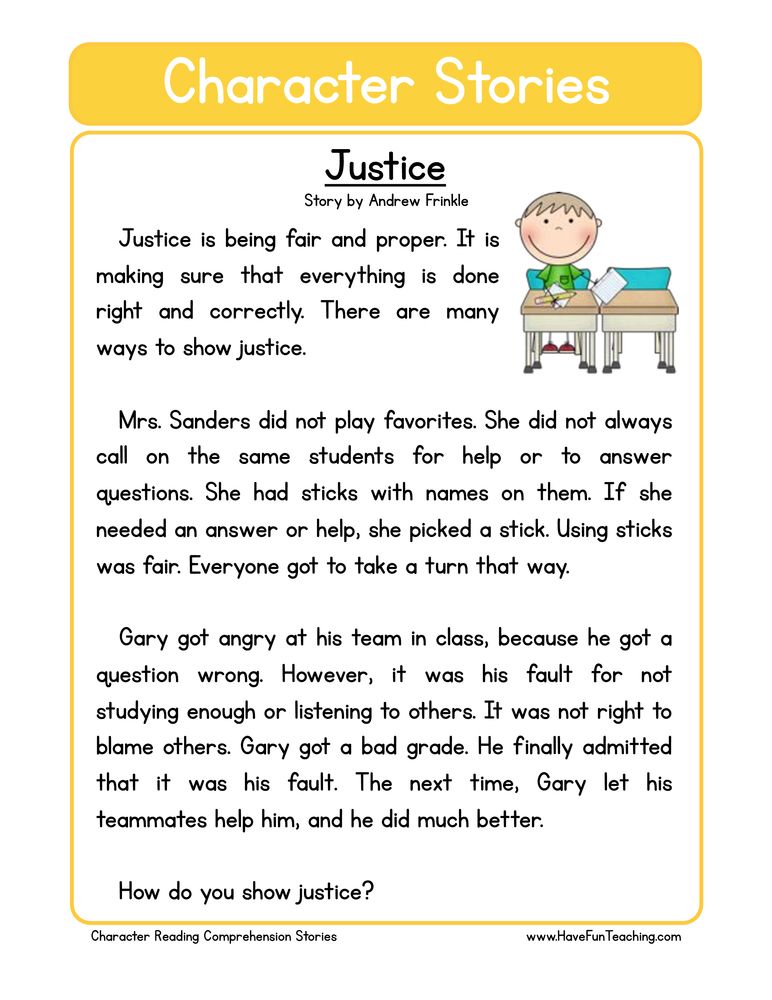 Trainers are lists of words joined by one or more reading rules. There are a lot of such simulators on the Internet! You can download for free or find options online (for example, here https://www.youtube.com/playlist?list=PLPVtHmdLrdV-cAi4yTnGWZwf35_BH0uUN ) and read-read read!
Trainers are lists of words joined by one or more reading rules. There are a lot of such simulators on the Internet! You can download for free or find options online (for example, here https://www.youtube.com/playlist?list=PLPVtHmdLrdV-cAi4yTnGWZwf35_BH0uUN ) and read-read read!
When the child has already learned to read several vowels, the exercise "twos" or "triples" - phrases or phrases of words with different consonants - is good. Such exercises are a transitional stage to reading entire appendices. Mindfulness develops, the rules for reading consonants are fixed. You can even pick up words that differ precisely in consonants, for example, big bag. This exercise is also great for practicing open and closed syllables.
It is recommended to alternate pure reading exercises with games. For example, children love to collect words from the letters of the alphabet. It's almost like writing a dictation, only collecting words from letters is much more interesting! When enough words have accumulated in the stock, you can try to play word-making.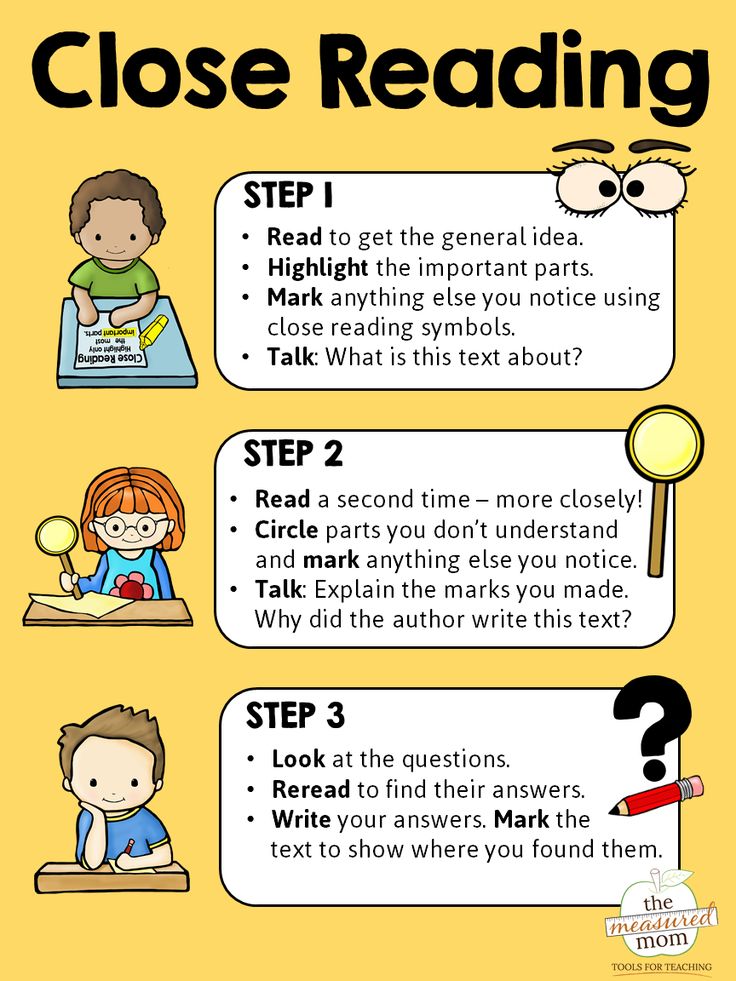
The so-called "ladders" are also very suitable for reading practice. Ladders are also columns of words, but they are grouped not one at a time, but according to the principle of steps - in each new line, the number of words increases by exactly one, while the previous words are repeated. So, the ladder starts with one word, and by the fifth line there will already be five of them. The "ladder" technique is a wonderful tool for teaching how to read a whole sentence, where, as you know, there are words that are read differently. Thanks to constant repetition, reading complex combinations is remembered. Ladders can also and should be read for a while.
Stage 3 - learning to read whole texts in English!
You can start entering mini-texts even after getting acquainted with closed syllables. These will be the simplest texts of 3-4 short sentences, something like:
This is a cat.
The cat is black.
It is fat.
It is in the bag.
Be sure to add a picture! Firstly, the picture decorates, and secondly, it creates a visual visual image. The child understands what he is reading about and, if he forgot the word, then looking at the picture, he remembers. If an unfamiliar word slips in the text, the picture helps to develop a linguistic guess.
Descriptive texts alone are not enough. Again, not everyone loves to read. But you have to train somehow, what to do? Do not forget that texts can carry different semantic meanings. The task is to put the child in such conditions in which it is impossible to do without reading. First we combine reading and other activities. For example, coloring. The key to the coloring book is the English text where the answers are hidden. It is necessary to read and color "according to the instructions" in the text.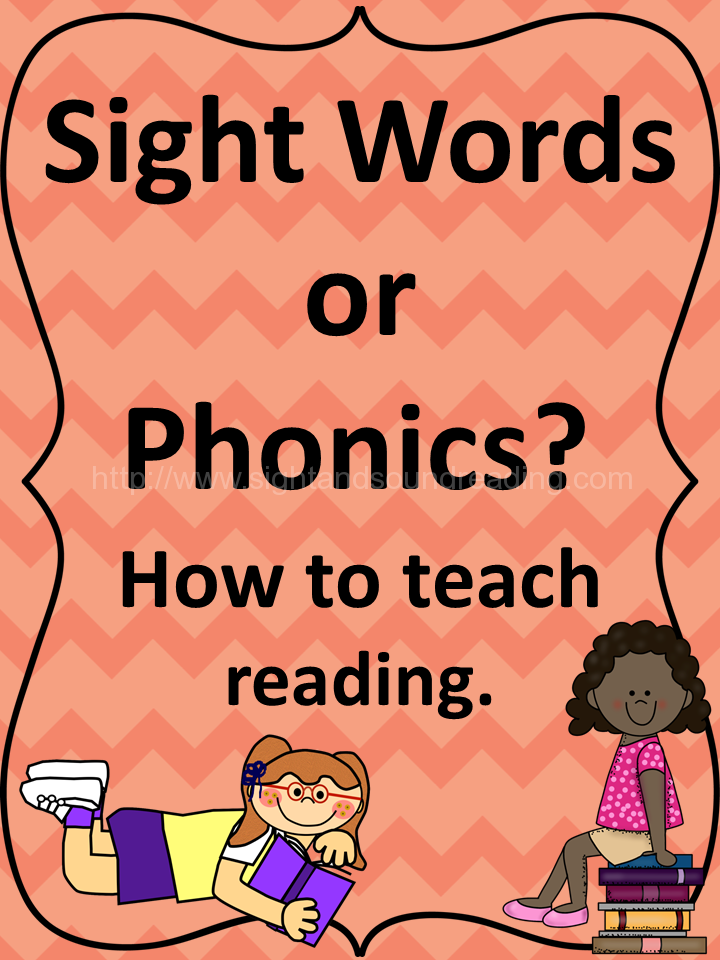
The second option is “finishing”. When something is missing in the picture or you need to finish the objects. In such tasks, the repetition of colors, thematic vocabulary and grammatical constructions, for example, prepositions, are also combined if we are looking for where and what is located. Such tasks are very exciting and "force" to read even the most non-readers. Have you tried to draw a monster with a child according to the description? What about the unseen miracle beast with three heads and five tails? No?!..
A variation of the second task is, for example, “draw a route” or “read and identify”. The essence of these tasks is to draw attention to detailed reading! If this is a route, then for a complete reproduction, you can not miss a single nuance! The same goes for the second task. Usually a picture is given that shows a lot of similar objects or people and you need to find something specific. Such tasks not only develop reading skills, but also contribute to better memorization of words, and passive mastery of grammar.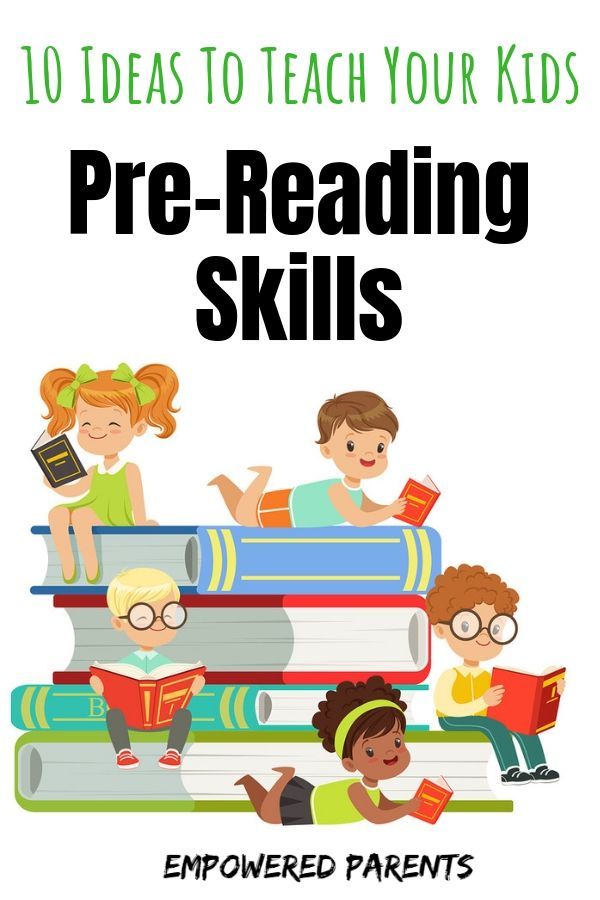
You can also include physical activity in reading lessons. How? Very simple! What about crosses? We hide hint notes around the house, where, of course, it is described in detail what needs to be done and where to go. The idea of an adventure quest is so exciting for children that they will have to read and do it willy-nilly! If there is a surprise waiting at the end... The child will be ready to read in English all day, if only the game is repeated again and again!
How to develop children's reading skills in English
In addition to the rules of reading, there are a huge number of exceptions in the English language that can discourage even the most diligent from reading. Over time, when a certain lexical base accumulates in memory, the child develops a mechanism of “action by analogy”. This means that when a new word is encountered, the letter image is analyzed and a sample is retrieved from memory for “comparison”.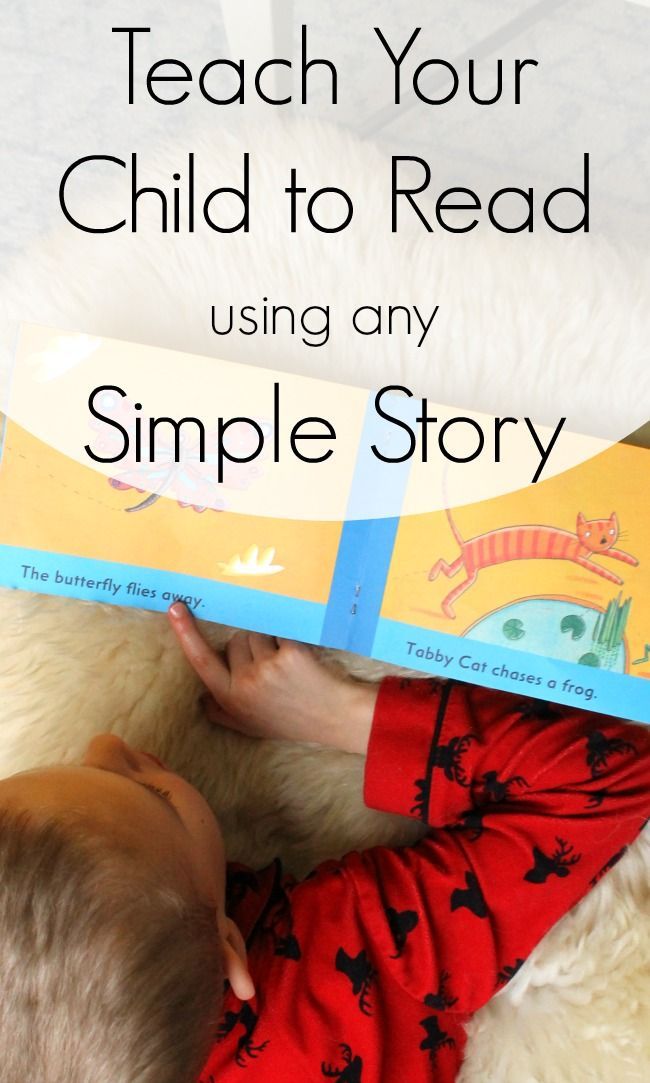 It sounds paradoxical, but the accumulation of such patterns is impossible without regular reading.
It sounds paradoxical, but the accumulation of such patterns is impossible without regular reading.
Either listening and reading in parallel, or watching videos with subtitles can help. The main idea is to be able to hear the "role model" - the correct pronunciation. If listening and reading is, after all, a laborious task and attention may not be enough, then watching fairy tales and cartoons with subtitles will bring pleasure to many! You can recommend cartoons based on famous fairy tales from the Pink Fong website (https://www.youtube.com/watch?v=Z-X4xVb-jNA). Cartoons have clear voice acting, simple text, large letters in subtitles and a recognizable plot.
How to start real reading in English?
Reading in English should, first of all, bring pleasure not so much from the process itself, but from the awareness of “I read and understand”! If the child understands that this is not scary, but very exciting, he will not be torn off from reading.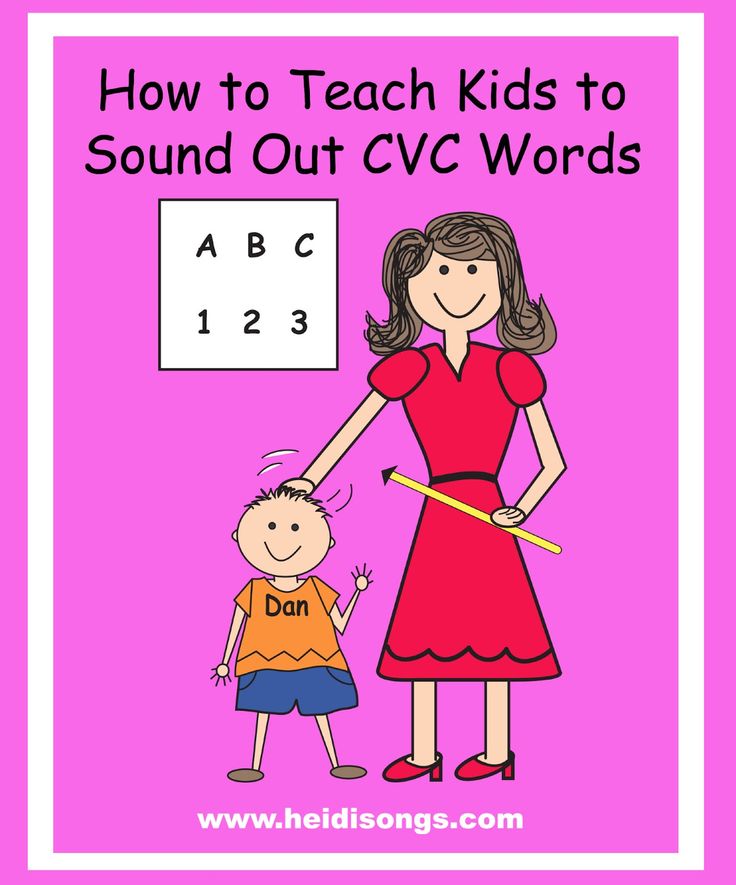 Therefore, you need to start, firstly, with reading according to interests, and secondly, the number of pictures should prevail over printed text.
Therefore, you need to start, firstly, with reading according to interests, and secondly, the number of pictures should prevail over printed text.
Therefore, comics in English are ideal for the first reading! Comics are made according to famous cartoons, if the child is “in the know”, then he will be interested in learning new details about his favorite characters. What is the child interested in? Wheelbarrows? Thomas the Tank Engine, Paw Patrol? Comics can be downloaded on the Internet for free.
What do English children like to read?
True connoisseurs of English will strive to read original books, ie. those read by English children. The favorite work of English-speaking children is the stories about the witch Winnie and the black cat Wilba. What kind of adventures did not happen to them! A short gripping story, funny illustrations, clear language made this book a favorite far beyond the UK.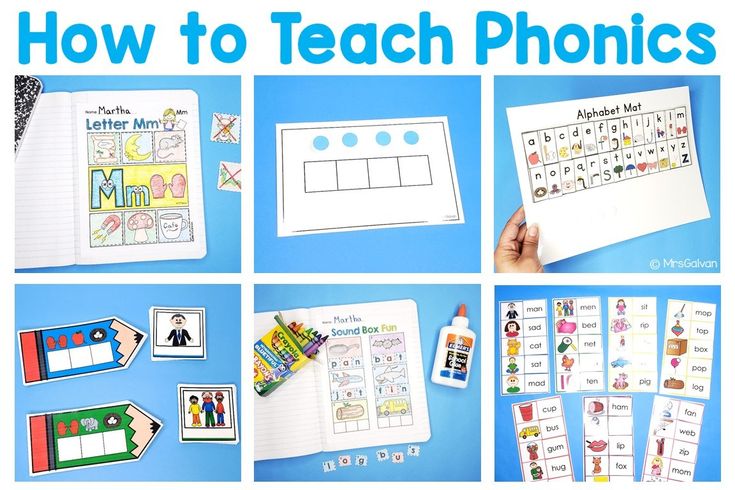 On the Internet, you can download both the stories themselves and audiobooks.
On the Internet, you can download both the stories themselves and audiobooks.
Another favorite character is Peter Rabbit and Paddington Bear. The language level is higher, there are many descriptions. But the stories will not leave anyone indifferent.
And, of course, how would reading in English be possible without Harry Potter! Many people want to learn English just for the sake of reading stories about this hero in the original.
So, the process of learning to read in English can be turned into an exciting activity that will make the child fall in love with both the process itself and the English language. But if supervision by professionals is required, video lessons in the online English school for children Novakid will become an indispensable tool for children and parents in learning the language. Our teachers will be able to teach children not only to read, but also to speak English, because learning is built as communication and only in English! Worth a try, the trial lesson is free.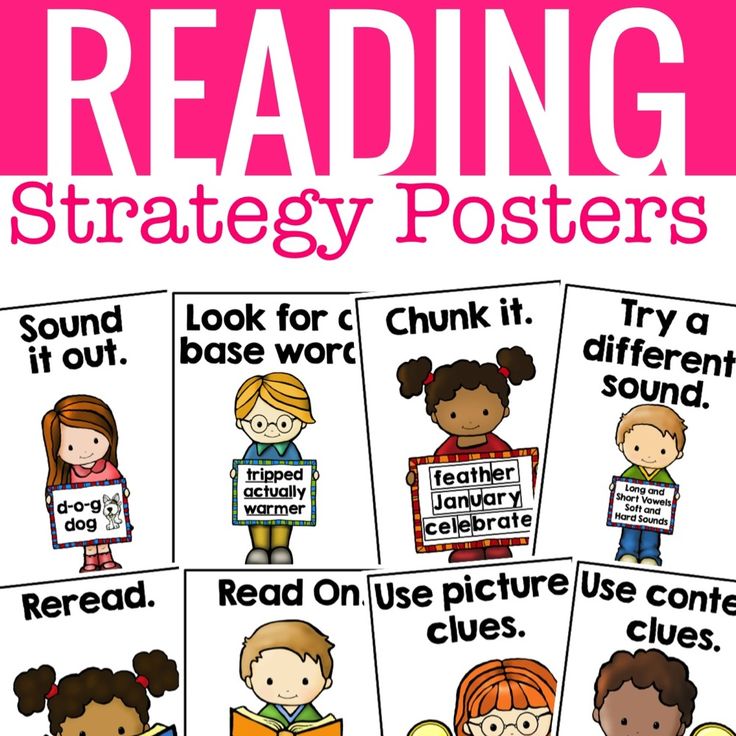
How to teach a child to read in English
English teacher Suliman Aktemirov tells how to instill in a child a love of the language through reading, what practices to use and why it is worth starting with sounds
About the author: Suliman Aktemirov, teacher of the online school “Teach. Houses".
Many parents think about the need to teach their children foreign languages early. Of course, you can always send your child to specialized lessons or hire a teacher, but you can learn the basic knowledge yourself - together, at home, in a comfortable environment, using a number of effective techniques. One of the important aspects that you should pay attention to is reading.
When learning any foreign language, it is important to devote time to four areas: reading, speaking, writing and listening. It is impossible to fully learn a language if at least one of the items is missing.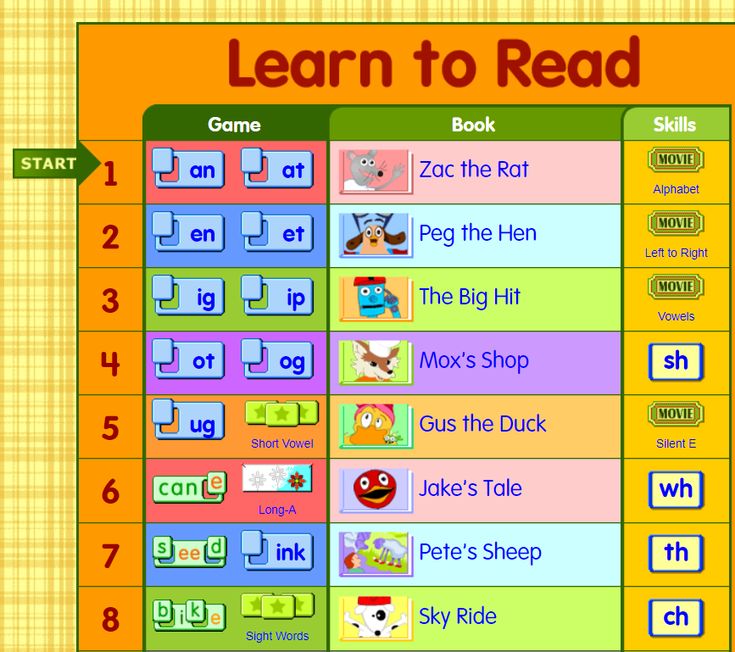 The approach to learning should be comprehensive: you can’t concentrate on one thing and assume that the rest will catch up with time. For example, if a child is only engaged in writing or listening, he will never learn to speak correctly. Children who perceive information well by ear, growing up, become people who understand everything, but cannot say anything. Such knowledge is considered half-hearted, since a person is not able to use it to the fullest.
The approach to learning should be comprehensive: you can’t concentrate on one thing and assume that the rest will catch up with time. For example, if a child is only engaged in writing or listening, he will never learn to speak correctly. Children who perceive information well by ear, growing up, become people who understand everything, but cannot say anything. Such knowledge is considered half-hearted, since a person is not able to use it to the fullest.
Language learning is not limited to reading , but, despite this, it should be given special attention. It doesn't matter what language you are going to learn: English, German or any other. Children who read well will make progress in mastering other aspects.
For clarity, let's turn to the Russian language. A well-read person, as a rule, has a well-structured and beautiful speech. He gets used to the turns he meets in books, and his speech becomes more structured and pleasant. When we read, our subconscious remembers grammar and punctuation: reading automatically improves written language.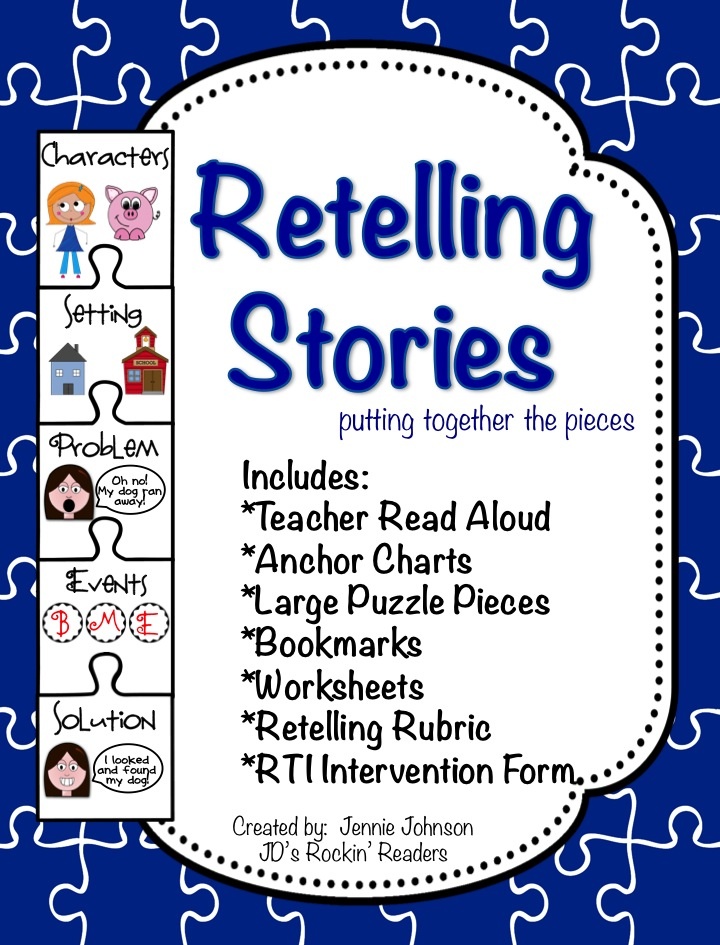 The same principle will work in the study of foreign languages: with the help of reading, we, without realizing it, improve literacy and speaking.
The same principle will work in the study of foreign languages: with the help of reading, we, without realizing it, improve literacy and speaking.
Reading teaching methods
All of them can be divided into three categories: the study of sounds, the alphabet and whole words.
Phonological method
The child is taught how to pronounce letters correctly and what sounds are formed from their combination. For example, the words "they" or "she" are read quite differently from how they are written, the method focuses on such cases. The purpose of its application is to make sure that the child immediately understands how to read the word aloud correctly, even if he sees it for the first time.
Whole word method
With this approach, the child is not taught how to read phonemes correctly, but goes straight to words. They always start with simple ones, then move up incrementally. Children remember how a certain set of letters is read in a certain word, and subsequently transfer the learned pattern to the pronunciation of others.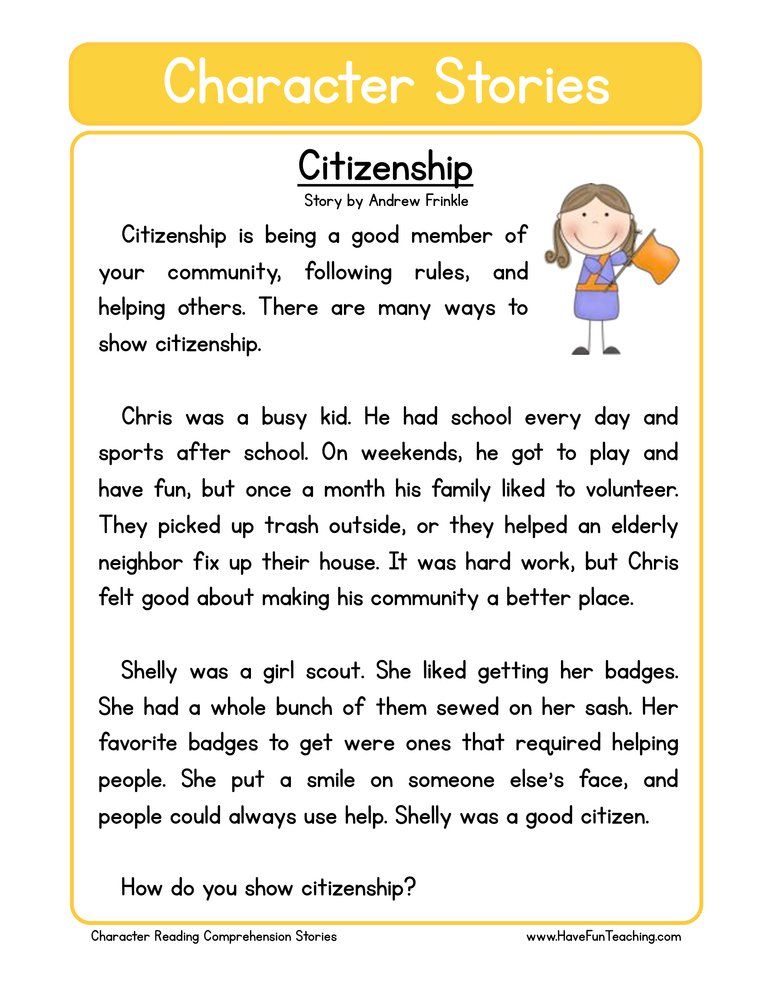 For example, if a child remembers how to read the word "father", he can easily read "mother" as well, since the words are similar in sound and spelling.
For example, if a child remembers how to read the word "father", he can easily read "mother" as well, since the words are similar in sound and spelling.
Alphabetical method
The child begins to learn the language through the alphabet and only then moves on to words. If we recall the Russian language, then the letters in our alphabet are pronounced differently than in words. Since childhood, the ABC taught to read “be, ve, ge”, however, when it comes to speech, “e” disappears. Drawing an analogy, we can say that the same thing happens in English.
The alphabetical method is inferior in effectiveness to the other two. When you hear from a parent: “My child knows the alphabet, but can’t read at all,” you become a witness to the fact that this approach really does not work. Reading in English cannot become a confident skill for a child if there is no emphasis on learning sounds. It is not necessary to know the name of the letter, it is necessary to see the combination and correctly reproduce the sound.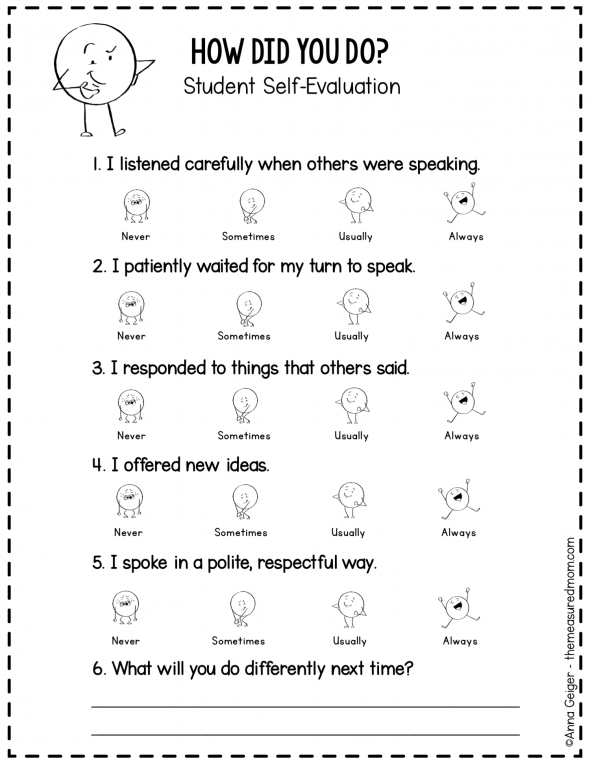
Of course, there are many exceptions in English that do not read the way they are written, and this creates difficulties. But at the initial stage, the phonological approach proved to be one of the most effective.
Practical advice
The use of the phonological method in teaching reading will only work if the child himself is interested in learning. He, like an adult, will be bored just reading letters and sounds. It is necessary to involve him in classes and instill an interest in learning. There are a lot of ways, we have collected the most effective:
Songs and cartoons
Play music and cartoons for your child. For the initial stage, it is better to find material designed specifically for teaching young children. Cartoons that are shown to pupils of kindergartens or elementary grades in American and British schools are also suitable. This, among other things, will provide an opportunity to familiarize the student with the English-speaking culture.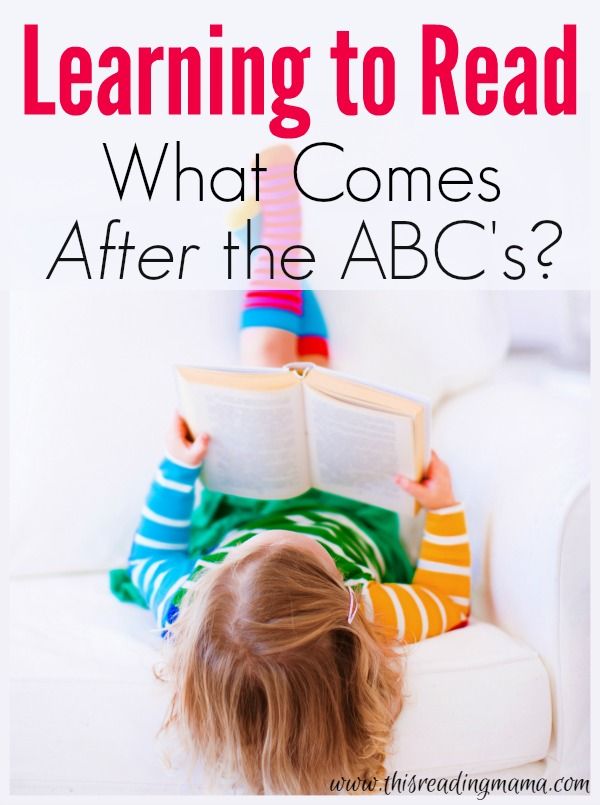 For children to be truly addicted, rhythmic songs with frequent repetitions and cartoons with bright pictures are needed. I suggest using the Super Simple website: here you can watch videos and learn the pronunciation of letters and letter combinations. You can check out the Alphablocks YouTube channel: the movable symbols that themselves add up to words right on the screen will surely please your child.
For children to be truly addicted, rhythmic songs with frequent repetitions and cartoons with bright pictures are needed. I suggest using the Super Simple website: here you can watch videos and learn the pronunciation of letters and letter combinations. You can check out the Alphablocks YouTube channel: the movable symbols that themselves add up to words right on the screen will surely please your child.
Games
This method is great for kids who are always bored. The child will think he is playing when he is actually learning. Interesting games for memorizing all the sounds of the English language can be found on the Starfall website. In addition to the website, the Starfall learn to read mobile app is also available. On the ABCYA website, you can also find many exercises for pronunciation and memorization of sounds and letters. Such interactive activities can not only motivate a child, but also remove barriers: fear of failure, embarrassment to speak a foreign language, or just laziness.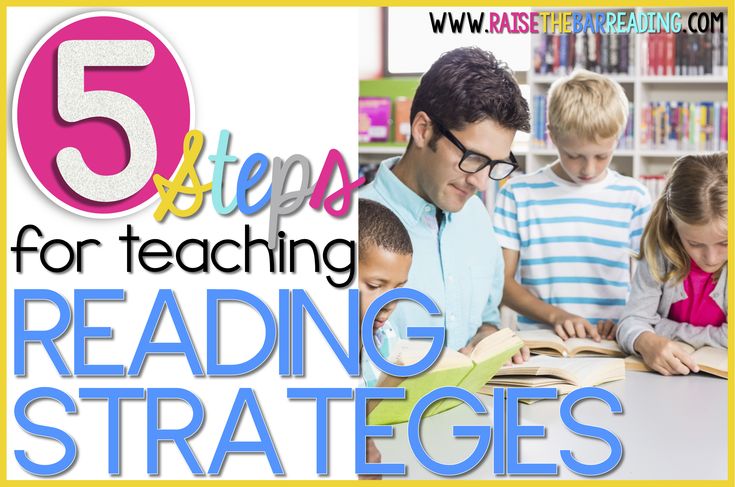 Games are the best way to show your child that reading is easy.
Games are the best way to show your child that reading is easy.
Worksheets with Letters (Worksheets)
To reproduce sound correctly, you need to know what a letter looks like and how it is read - it is read, not called in the alphabet. Phonics worksheets can be downloaded by entering a query in a search engine and selecting the appropriate option. A combination of worksheets with videos about sounds will be useful. For example, in a worksheet there are letters -a, -t, -h. Find a video for these sounds and turn it on to your child, so he will learn the material as much as possible.
Reading short picture books
You can use printed books or you can download electronic versions from the Internet. You will find great interactive content on the aforementioned Starfall. The child can hover over any letter and see how the sound or word is played. This approach is especially useful at the start to achieve understanding of simple, short stories. When the child manages to read his first text, self-confidence and additional interest will appear, and fear will recede.
Why combine methods
Despite the outstanding effectiveness of many methods, it is not enough just to fill out worksheets, watch cartoons or play games. For successful learning, you need to use all methods in a complex and constantly maintain diversity.
Even an adult can lose interest if he constantly performs the same type of monotonous tasks. With children it is even more difficult: they can quickly get bored with even the most interesting activity, and they will want to switch to something new. They can be capricious and refuse to do an exercise that previously seemed the most exciting. It's always good to have a few alternatives to activity on hand in case the day comes when the child refuses to do what they used to love. At least one back-up plan will surely be able to captivate him.
In addition to interest, it is important to remember that different types of classes are aimed at implementing different aspects of learning and can provide different knowledge.

